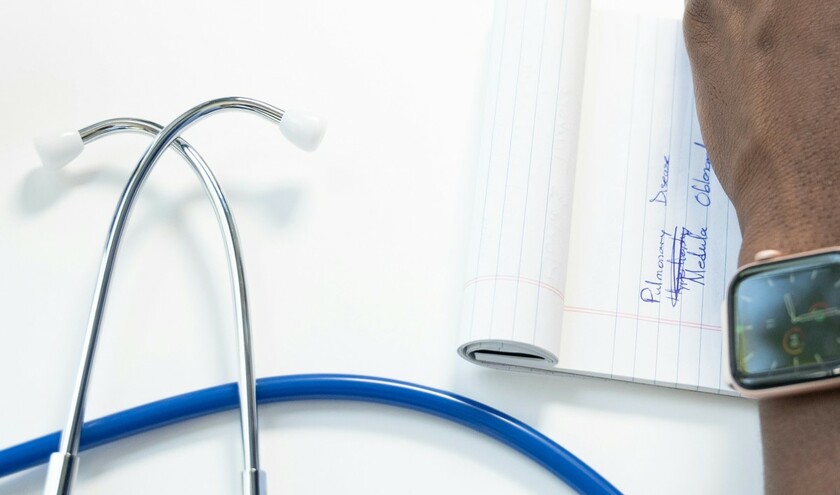NHS Education for Scotland's data shows the number of whole time equivalent nurses in general practice stood at 1,735.7, an increase of 1.5%.
The total whole time equivalents in other direct clinical care occupations was 500.6, and there were 9,359 administrative and non-clinical staff, 61% of whom are receptionists.
In addition, the data shows the GP vacancy rate was 3.8%, a decrease from 7.6% at 31 March 2024. The nursing vacancy rate was 2.8%, a decrease from 4.1% at 31 March 2024.
The figures also reveal that during the year ending 31 March 2025:
- The sickness absence rate for GPs was 1.8%, down from 3.0% in 2023/24. For other occupations the sickness absence rate was 2.2%, down from 3.0% in 2023/24
- GP practices in Scotland reported using 279 whole time equivalent locums, a fall from the previous year
- The percentage of practices using locums has remained stable. Most NHS Boards saw an increase in the percent of required locum sessions that were filled.
In response, Dr Iain Morrison, chair of BMA Scottish general practitioners committee, said: ‘While a rise in a single year of GPs is to be welcomed, any suggestion that we are on track to meet demand or employ the GPs we need are well wide of the mark.
'Given a £290m gap has opened up in the funding of GPs, these figures simply show that we are striving to do more with less. The figures show Scotland is still well short of the numbers that are required to deliver the GP service the country needs.'
RCGP Scotland chair Dr Chris Provan said: ‘General practice in Scotland remains in a state of crisis. The relentless pressure of trying to do more with less is taking a toll on GPs, leading to some feeling they must reduce their hours, retire early, seek work abroad, or leave the profession altogether. This is the result of poor workforce planning and years of underinvestment by the Scottish Government.
'Last week's announcement of a recurring £15m investment is a positive first step towards properly resourcing general practice. I hope this signals the beginning of a significant shift in funding towards primary care, enabling us to deliver more care closer to home. If the Scottish Government accelerates investment in general practice, we can ensure that today's increase in whole-time equivalent GP numbers is not a one-off, but the start of a meaningful and lasting growth in the GP workforce. I hope today's figures mark a turning point.'



